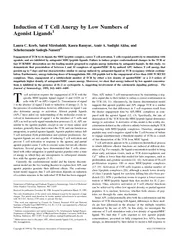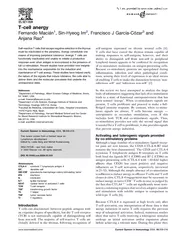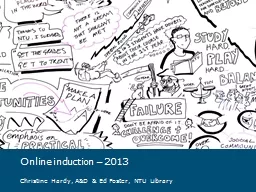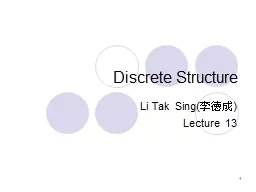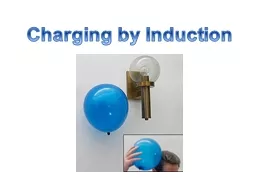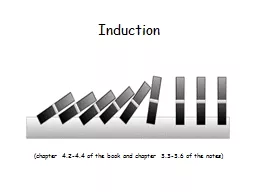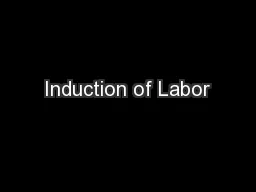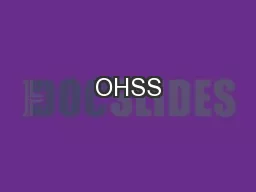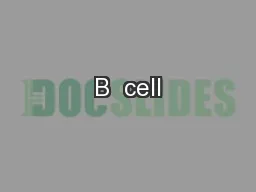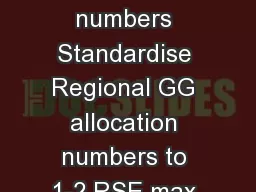PDF-Induction of T Cell Anergy by Low Numbers of Agonist L
Author : natalia-silvester | Published Date : 2015-04-28
Korb Saied Mirshahidi Kasra Ramyar Amir A Sadighi Akha and Scheherazade SadeghNasseri Engagement of TCR by its ligand the MHCpeptide complex causes T cell activation
Presentation Embed Code
Download Presentation
Download Presentation The PPT/PDF document "Induction of T Cell Anergy by Low Number..." is the property of its rightful owner. Permission is granted to download and print the materials on this website for personal, non-commercial use only, and to display it on your personal computer provided you do not modify the materials and that you retain all copyright notices contained in the materials. By downloading content from our website, you accept the terms of this agreement.
Induction of T Cell Anergy by Low Numbers of Agonist L: Transcript
Download Rules Of Document
"Induction of T Cell Anergy by Low Numbers of Agonist L"The content belongs to its owner. You may download and print it for personal use, without modification, and keep all copyright notices. By downloading, you agree to these terms.
Related Documents

